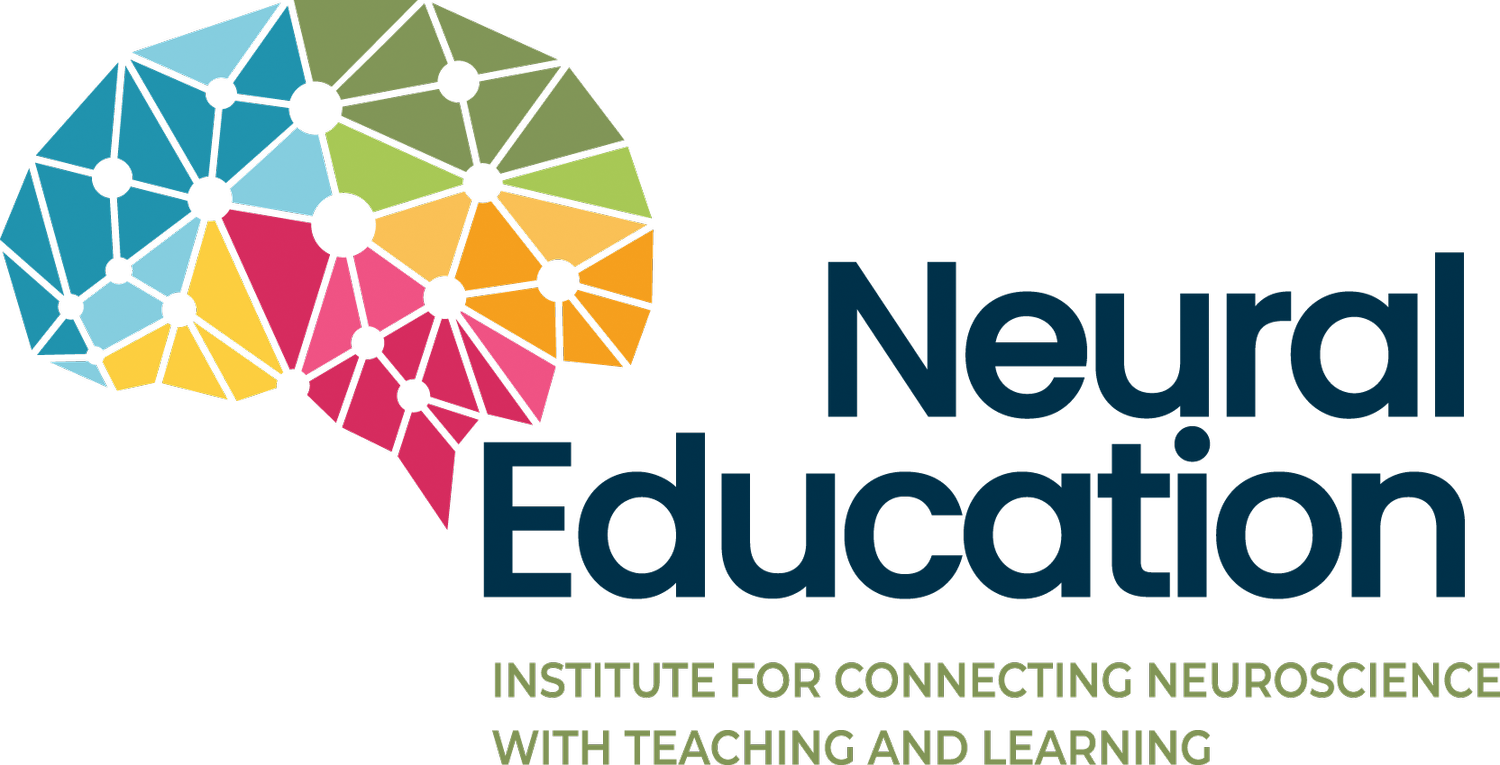Small gestures, big bonds, and the science of belonging
We start every school year by teaching three valuable hand signs. The first helps ensure everyone’s basic needs are met. It’s the ASL sign for the letter, “t,” and it is our bathroom/toilet sign. The next two relate to our emotional and intellectual needs: “me too” and “c” for connection.
With the signs introduced, we start our first morning meeting. We pose a question and invite participation. The first eager hands raise. After allowing some wait time, we call on someone who shares. Another voice chimes in, “Oh, I can ride a bike, too!” We flash the “me too” sign, and the student quiets their voice and flaps the sign wildly as the first student finishes their story. After showing the sign, we see two other students making their “me too” sign.
The meeting continues. We have not heard everyone’s spoken voice yet, but we saw all but one student signal a connection at some point in the meeting. We make a note to check in with the student who did not chime in later.
Whether the “me too” is flapping wildly in the air as a classmate shares a story or a shy C is placed down on their desk, each hand sign signals connection, engagement, and a student ready to learn.
Neuroscience deepens our understanding of this process. Our brains seek out social connection for survival. There’s safety in numbers. To keep us seeking out these social connections, our brain releases neurotransmitters, particularly oxytocin, which help to cement our connections to each other. We can put down our guard and move beyond survival mode.
As Dr. Terrell L. Strayhorn explains, social connections “trigger the release of ‘feel good’ transmitters such as serotonin, dopamine, and oxytocin.” Oxytocin gives us that feeling of safety and belonging and primes the brain for more efficient and effective learning.
Oxytocin and bonding can be complicated. Dr. Loretta G. Breuning reminds us that oxytocin is metabolized quickly which leaves individuals seeking more. This anticipation can motivate our students to keep seeking connections, but this can also lead to challenges. Enter the dreaded FOMO - Fear of Missing Out.
Studies show that the experience of not belonging, feeling left out or excluded, can increase the stress hormone, cortisol. The impact of social exclusion, or even the fear of it, can have negative impacts. Long-term exposure to cortisol can have both health and cognitive impacts.
What can we as educators do to promote a sense of belonging and combat feelings of exclusion? Intentionally planning opportunities for students to build connections with both educators and peers can make a meaningful difference.
Fostering bonds with educators
Connect with the individual – The student’s connection with us can promote oxytocin and reduce cortisol. Additionally, bonding with our students can create a bridge for their interactions with peers. For example, a student joined our class mid-year, and peers were not seeking them out to play. We noticed this and began to highlight interests that we had learned through our one-on-one interactions. When classmates heard us talking about common interests or the new students’ strengths, they began to extend invitations to play.
Create an inclusive environment – The books, posters, music, and stories we share should reflect our students. When we started to draw self-portraits in class, one of my students let out a gasp at Colors of the World crayons and said, “This one is just like me!” When students see their identities reflected in their learning community, their sense of belonging increases.
Build trust – Consistency is key. As Dr. Breuning says, “Each small act of trust triggers oxytocin and helps build a new oxytocin pathway.” Explain the why behind decisions when possible. When something arises that breaks the trust, admit it and seek to repair it.
Fostering bonds with classmates
Create shared experiences – Facilitate a low-stakes art project like a collage where everyone chooses an image to represent a theme. Do a service project. Our class planned and planted a flower bed together. Purposeful, collaborative work combined with laughing at the teacher’s fear of worms can promote bonding!
Laugh together – When you laugh, you release a DOSE (dopamine, oxytocin, serotonin, endorphins) of the feel-good hormones that help promote bonding. Jokes of the day and minute-to-win-it-style challenges often sparked laughter in our classroom.
Teach about the neuroscience of bonding - When we know better, we do better. Picture books like Brad Montague’s The Circles Around Us and Tracy Ludwig’s The Invisible Boy can be great conversation starters.
We introduced some of Dr. Kipling D. Williams’ work on ostracism to our fifth graders last year. The students shared powerful personal experiences and one concluded, “We may not always become best friends in class, but we can be the best allies. We are all here to learn.”

